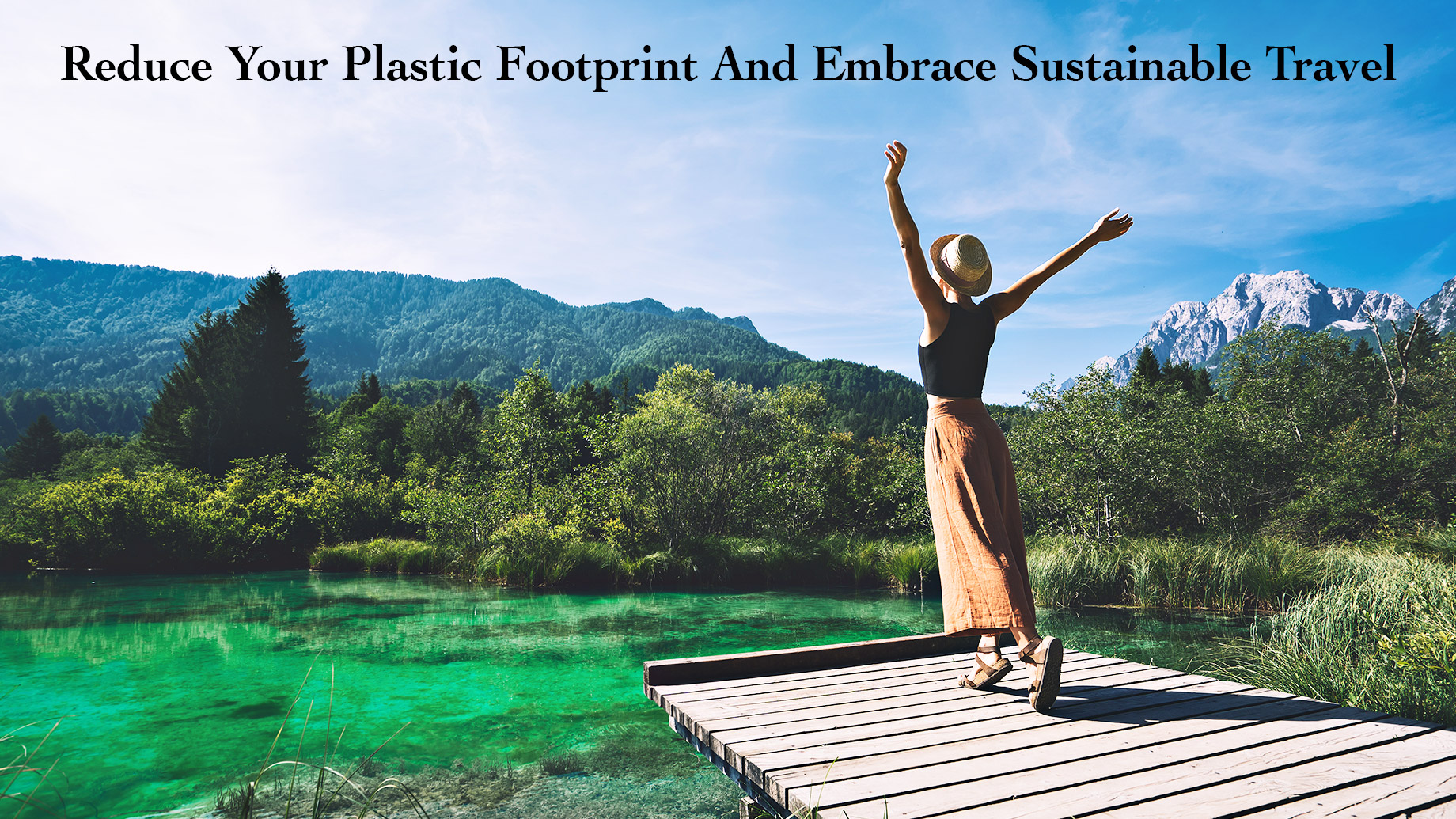
People around the world are looking for different ways to help the planet. Whether it’s natural alternatives to tampons and pads or cutting down on your single-use plastics, every small thing counts. If you’re looking to travel the world again once the pandemic dies down, embracing sustainable travel is necessary.
Reducing your plastic footprint and working towards sustainable travel means you need to change how you buy and how you make the best of the road. Here’s how you can do your part in saving the environment.
1. Plan Your Air Travel
One of the most significant ways you can embrace sustainable travel is to start at home. When it comes to travel, the biggest issue you have is helping towards decarbonization efforts. In most situations, companies can contribute more towards decarbonization, but there’s something you can do.
For starters, you want to plan your trips in advance. Look for trips that take direct, non-stop flights going to your destination. These flights save on fuel and cut down on the number of greenhouse emissions released from take-off to landing.
If you can, fly coach. The economy class is fantastic in making sure that more people are seated. It saves you money and cuts down your overall emissions too. It’s also best to take daytime flights as it leads to less greenhouse gases trapped from having contrails and clouds trapping heat at night.
For those who have extra money and fly often, you can also buy carbon offsets. While these are small compared to what most companies can do, these additional steps can improve overall sustainability.
2. Control Your Plastic Cup Use
Around the world, more than 500 billion plastic cups go into waste bins every year. With each cup weighing 1.3 grams, that amounts to 650,000 metric tons of waste cups. Only 1 in 400 cups end up recycled, which only equates to as many as 1,560 metric tons of plastic every year.
While people are moving towards disposable paper cups, it’s still best to use reusable plastic cups. Travelers are huge on plastic cups, and many are of the single-use variety. Reusable tumblers and coffee cups can help you cut down on waste and still get you a nice cup of joe.
Reusable cups are also fantastic for other beverages, with most restaurants having automatic refilling systems that measure the drink straight out of the dispenser. Whether you get some coffee from Italy or get a nice cold juice in Japan, a reusable tumbler will save you tons of plastics down the line.
3. Cut Down On Your Bottled Water Consumption
One of the main issues with traveling is having access to clean, safe water. In countries where tap water quality is suspect, your best chance is to lug bottled water around. However, this comes with a lot of problems.
Landfills mostly have water bottles on them, with as many as 2 million bottles in the US alone per landfill. These take as much as 17 million barrels of crude oil a year, and it’s only worse in countries with problematic waste disposal laws.
Much like our previous tip, a reusable tumbler will work wonders for you. If you don’t have access to it, it’s better to buy big gallon-sized water containers as these contain more water for less plastic. Use water dispensers where you can or have purification tablets ready if you’re in a country with an unreliable source of water.
4. Buy Bulk
When traveling, most people need a consistent set of items to make sure they can move around without issue. These include daily essentials like soap, shampoo, conditioners, sunscreen, moisturizers, and toilet paper. If you can, buy these in bulk as much as you can.
Buy items in bulk and keep them at home. Once you do, all you have to do is refill from these sources once you get back home. This saves you a lot of time and money while cutting down your expenses, considering how much you save from buying things in bulk.
If you’re a nomad, pick and choose what you can buy in bulk. Soaps should be easy to carry, while sunscreen can last you long. For those traveling around Asia, make sure to veer away from sachet packs, resulting in more plastics.
5. Opt-Out Of Your In-Flight Meals
For those traveling, you’ll likely deal with airline food along the way. Airline meals are very heavy on single-use plastic wrapping. Even meals that come in sustainable packaging use as much as four to five pieces of wrapping, from the food container to the wrapping for the bread.
Where you can, opt-out of your in-flight meal. Most airline companies now provide an option to opt-out of your food if you don’t want one, especially for short flights. While most companies do this to save money, considering they don’t give you a discount if you opt-out, you also cut down on your plastic use.
Pack your own snacks. Bring a reusable food storage box and eat your fill of fruits, meats, canapes, and even sandwiches. If you travel a lot, this saves a good chunk of plastic use from your flights. Airline food is not too good anyway, so you’re also saving yourself from a bad meal.
6. Stop Using Plastic Cutlery
Travelers will likely use a lot of plastic cutlery over time. Whether you eat at a street food vendor or enjoy some fast food, you’ll burn through many cutleries over time. It’s best to carry your own set, usually using aluminum forks and spoons, together with chopsticks and even round-bladed butter knives.
Bring utilitarian cutlery with you if you’re not too keen on carrying an entire set with you. A metal spork will work, and all you need to do is wash it. Even using a spoon and fork will save you more than 2000 cutlery items every year.
For travelers who are not big on metal cutlery can use wooden cutlery. Bamboo spoons and forks are a big thing right now, together with disposable wooden chopsticks. These are not only eco-friendly, they are also biodegradable and safe for the environment.
The Bottom Line
Traveling around the world is fantastic, but much of travel entails many single-use plastics. Follow the tips we have, and you should be on your way towards more sustainable travel.
